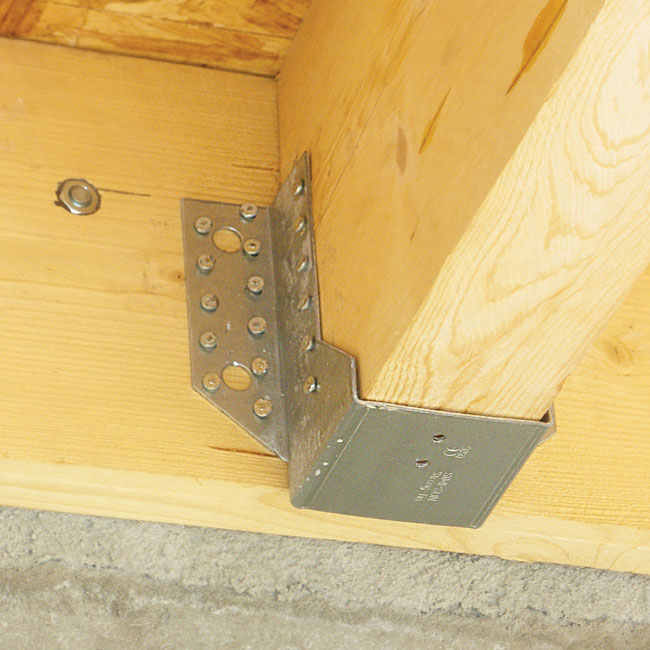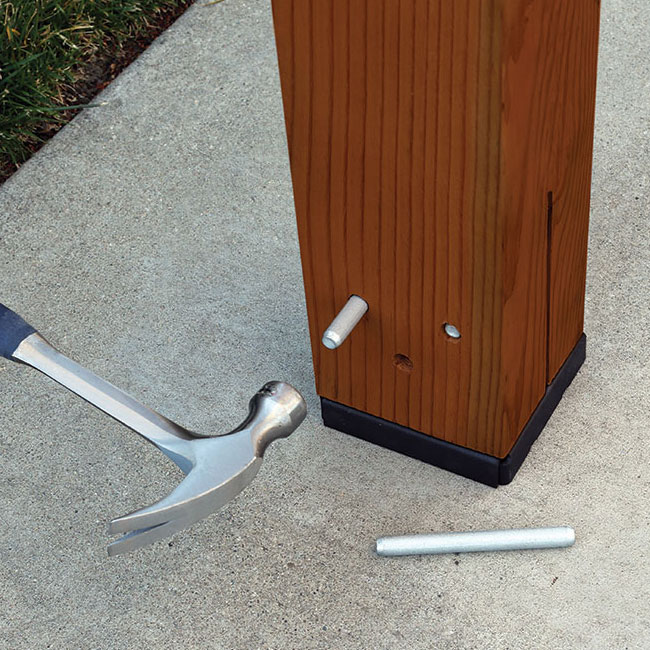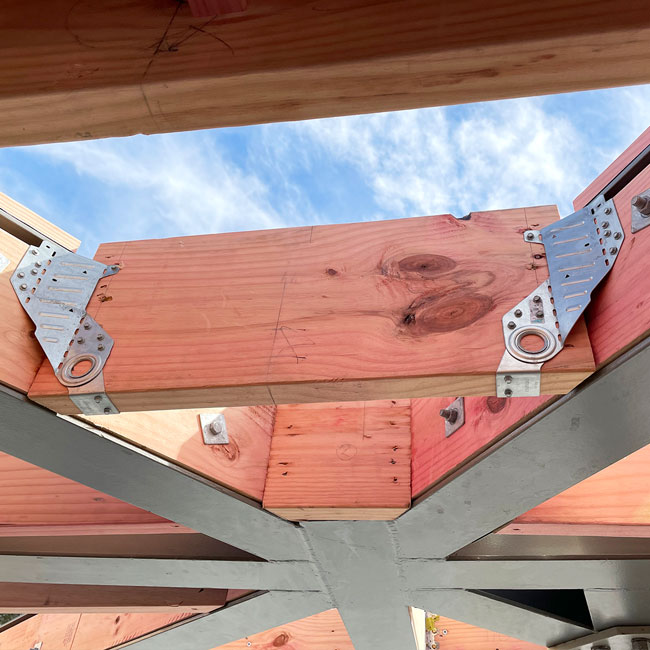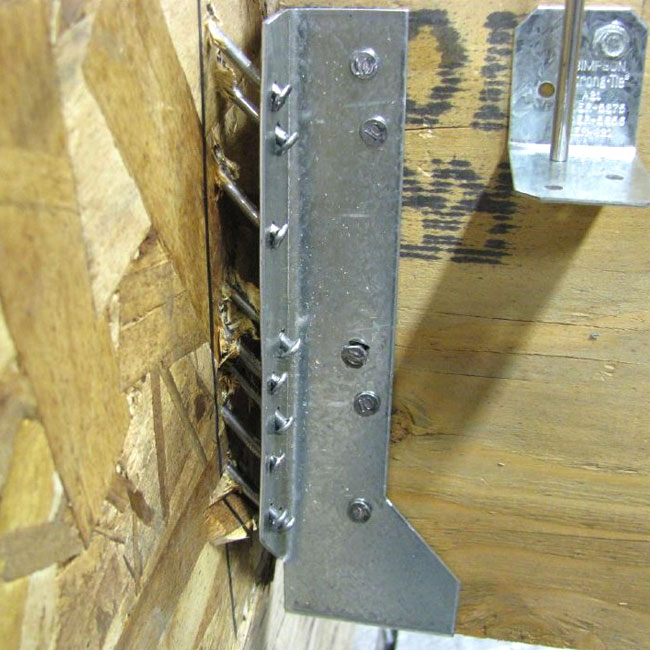Characteristic and Design Capacities

June 5, 2020
Suppliers of Fasteners (screws) and Connectors (brackets and similar) provide load capacities for designers to select appropriate products to suit a given application. Two load types are often referred to: Characteristic and Design (or Ultimate) Capacities. These two are distinctly different and it is important to understand how they differ and which one a designer should refer to.
Characteristic Capacities
The NZ Timber Structures Standard (NZS 3603) used by engineers to design timber buildings, includes methodology to determine fastener and connector Characteristic strength capacities. It is based on Australian standard AS1649 and provides an estimate of the 5th percentile strength value; that is, 95% of the time the published Characteristic capacity will be exceeded.
Design Strength
For specific use applications the Characteristic capacity is then adjusted by various modification factors, including but not limited to:
- The material strength reduction factor (ɸ) to account for the variability of performance in timber (being a natural and hence variable material). The ɸ factor is 0.7 or 0.8 depending on fastener or connector type and the load orientation in timber.
- The load duration factor (k1) depending on whether the applied load is long term or permanent such as materials the building is made of (k1 = 0.6), medium duration such as people (k1 = 0.8), or short duration such as wind (k1 = 1.0).
Design vs Characteristic
As the Design Strength is calculated by applying the ɸ and k1, plus possible other factors, to the Characteristic capacity, in essence the Characteristic Capacity is ‘generic’ whereas the Design Capacity is factored for a given unique product application.
It is important to refer to the correct load or capacity type, considering that with the timber ɸ factor of 0.7 or 0.8 and k1 between 0.6 to 1.0, if these factors are not applied and Characteristic capacities inadvertently compared to Design Strengths, these could be as much as half of their required capacity in worst case scenario, and still only ~ 2/3 of the required capacity in most other instances. Different scenarios of these potential differences are illustrated by the calculations shown in the table.
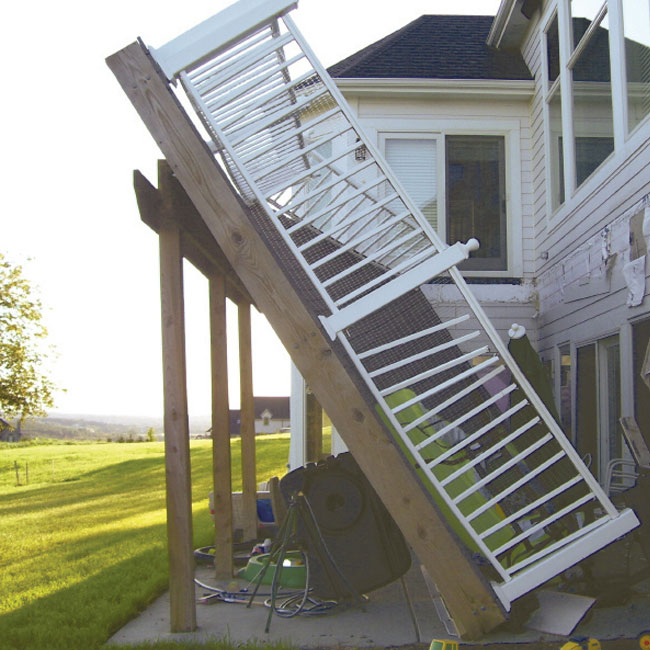
|
SCENARIO |
Characteristic |
Design |
% Difference |
|---|---|---|---|
|
Worst case scenario (screws) |
1.0 |
0.7 x 0.6 x 1.0 |
= 0.42 (42% of Characteristic) |
|
Long term load (nails) |
1.0 |
0.8 x 0.6 x 1.0 |
= 0.48 (48% of Characteristic) |
|
Medium term load (nails) |
1.0 |
0.8 x 0.8 x 1.0 |
= 0.64 (64% of Characteristic) |
|
Short term load (nails) |
1.0 |
0.8 x 1.0 x 1.0 |
= 0.80 (80% of Characteristic) |
Structural Connections

Unmatched Quality from the Truss to the Foundation
With nearly 60 years of field and R&D experience, Simpson Strong-Tie® timber connectors are manufactured to the industry's highest standards. From framing angles to straps to heavy-duty joist hangers, we offer the most diverse product line so that you have the right product for the job.
Simpson Strong-Tie® connectors offer unmatched quality with laboratory and field testing, and are backed by our uncompromising commitment to customer service. As the company that built the connector industry, you can count on Simpson Strong-Tie® to work closely with builders, engineers and building officials to deliver innovative, building code-compliant solutions to help build safer, stronger structures economically. Download the Timber Connectors NZS 3604 Catalogue.
Timber Connectors
From testing to service to availability, everything we do is engineered to ensure your project's success. With every product, you know you are getting the quality, value, service and on-time delivery that we have built our reputation on for the past 60 years.
From straps and ties to joist hangers and much more, Simpson Strong-Tie® structural connectors increase the strength and safety of timber-frame structures. Each connector is unique to Simpson Strong-Tie and is designed for specific applications without the need to adapt metal plating to suit a connection. Download the Engineered Structural Connectoions flyer.
Steel Frame Connectors
From fully tested and engineered connectors and clips Simpson Strong-Tie® provides comprehensive structural solutions for cold-formed steel construction. From steel-to-steel connections to full-scale lateral solutions and curtain wall connectors, we remain committed to developing new technology that helps to advance the cold-formed steel industry.
Find out how Simpson Strong-Tie timber connectors can help you build the right way every day. Download the Cold-Fromed Steel Construction Connectors Catalogue.
